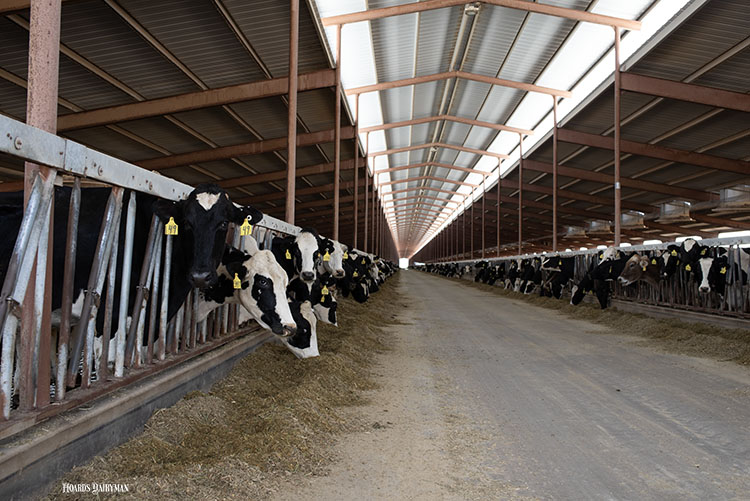
Since I was an undergraduate student in college, I have always been very passionate about forage quality and ruminant nutrition. Almost 25 years ago, I started my research internship at the USDA Agricultural Research Service Dairy Forage Research Center in Madison, Wis., evaluating corn silage quality under the mentorship of Dave Mertens. More than 10 years ago, I started developing my own research and extension programs on forage quality and management at Virginia Tech. As time passes, I am happy to say that my passion for forage quality expands year after year. With that being said, as we generate and analyze more new data, I feel more confused trying to understand what the best indicators of forage quality are. Recently, I have been very fascinated by how my interpretation of “better forage” has changed as I shift the lens or perspective. Let me give an example.
In a recent study funded by the National Forage Testing Association, we analyzed the digestion kinetics of neutral detergent fiber (NDF) of stems from alfalfa, warm-season annuals (corn, sorghum, and pearl millet), and cool-season annuals (barley, oats, rye, ryegrass, triticale, and wheat) by incubating them in the rumen of cows for different times (from 0 to 240 hours). By definition, the undegradable NDF (uNDF) is the proportion of NDF that is not degradable after 240 hours of fermentation, and high concentrations of uNDF would imply poor forage quality. In our study, alfalfa stems had the greatest uNDF concentration (60.2% on an NDF basis), whereas cool-season and warm-season grasses had the lowest uNDF concentrations (45.7 and 39.9%, respectively, on an NDF basis). Based exclusively on uNDF concentrations, we can confidently say that the quality of alfalfa stems is poorer than the quality of grass stems. But let’s look at another perspective.
At least two pools can describe fiber or NDF. The first pool is uNDF. The other pool is the potentially degradable NDF (pdNDF), and pdNDF can be calculated as 100 minus uNDF. It is worth highlighting that pdNDF is the fraction of the fiber that will provide energy to the animal. Based on the data above, we can say that alfalfa stems had lower concentrations of pdNDF (39.8% pdNDF) than cool-season and warm-season grasses (54.3 and 60.1% pdNDF, respectively).
Moving a step forward, we also analyzed the rate at which pdNDF is digested (also known as digestion rate or kd). In our study, alfalfa stems had a kd equal to 7.9% per hour, whereas cool-season and warm-season grasses had a kd of 2.6 and 3.1% per hour, respectively. These values imply that, by 48 hours of fermentation in the rumen, 98% of the pdNDF from alfalfa stems is degraded, whereas 71% and 78% of the pdNDF from cool-season and warm-season grasses, respectively, are degraded. Based on the digestion kinetics, we can say that more energy could be obtained from alfalfa stems than from grasses.
Still, this is not the end of the analysis. Fiber degradation depends on its residency within the rumen so that microbes can degrade pdNDF. If the forage escapes from the rumen too fast, then the rumen microbes cannot degrade pdNDF. After applying a passage (or escape) rate of 3.25% per hour in our study, alfalfa stems had an effective ruminal degradation (ERD) of pdNDF equal to 70.9%, whereas cool-season and warm-season grasses had an ERD of pdNDF equal to 44.4% and 48.8%, respectively.
In summary, even though alfalfa stems had more uNDF than cool-season and warm-season grasses, alfalfa stems may provide more energy from fiber than cool-season and warm-season grasses. As my graduate student once said, it is the delicate balance between the rate at which forages are degraded by the microbial community and the speed at which forage particles escape from the rumen that determines the utilization of nutrients by cattle.








